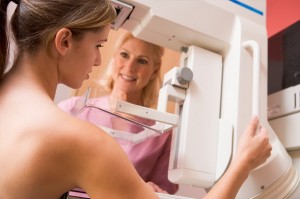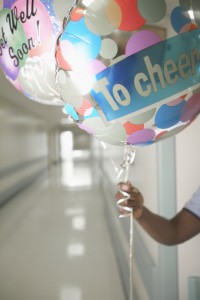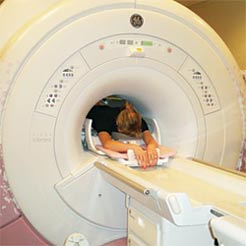 The below question is answered by Charleston breast surgeon, Dr. Richard M. Kline, Jr., MD of The Center for Natural Breast Reconstruction:
The below question is answered by Charleston breast surgeon, Dr. Richard M. Kline, Jr., MD of The Center for Natural Breast Reconstruction:
Can a one-sided microsurgical reconstruction be done in conjunction (same surgery) with lymph node transfer?
Lymph nodes can be “piggy-backed” on a DIEP flap, but our impression is that that precludes the ideal positioning of eitherthe nodes or the flap. Additionally, we have concerns that the nodes may not be as well vascularized (have as good a blood supply) that way (rather than doing them as their own separate flap), although extra small blood vessels can sometimes be hooked up to the nodes themselves.
Our preference is to just do the autogenous (your own tissue, no implant) reconstruction first, as some patients with lymphedema will improve with this alone. If they don’t improve, we’ve found that a vascularized lymph node transfer fits in very well with the second stage of the breast reconstruction. Of course, it is possible to do a DIEP or GAP with a separate vascularized lymph node transfer in one setting, but that makes a long procedure about 2 hours longer, so we haven’t pursued it.
-Dr. Richard M. Kline, Jr., MD
Center for Natural Breast Reconstruction
Share this post with your followers on Twitter. And if you have a question for our breast surgeons, please feel free to submit them here!













